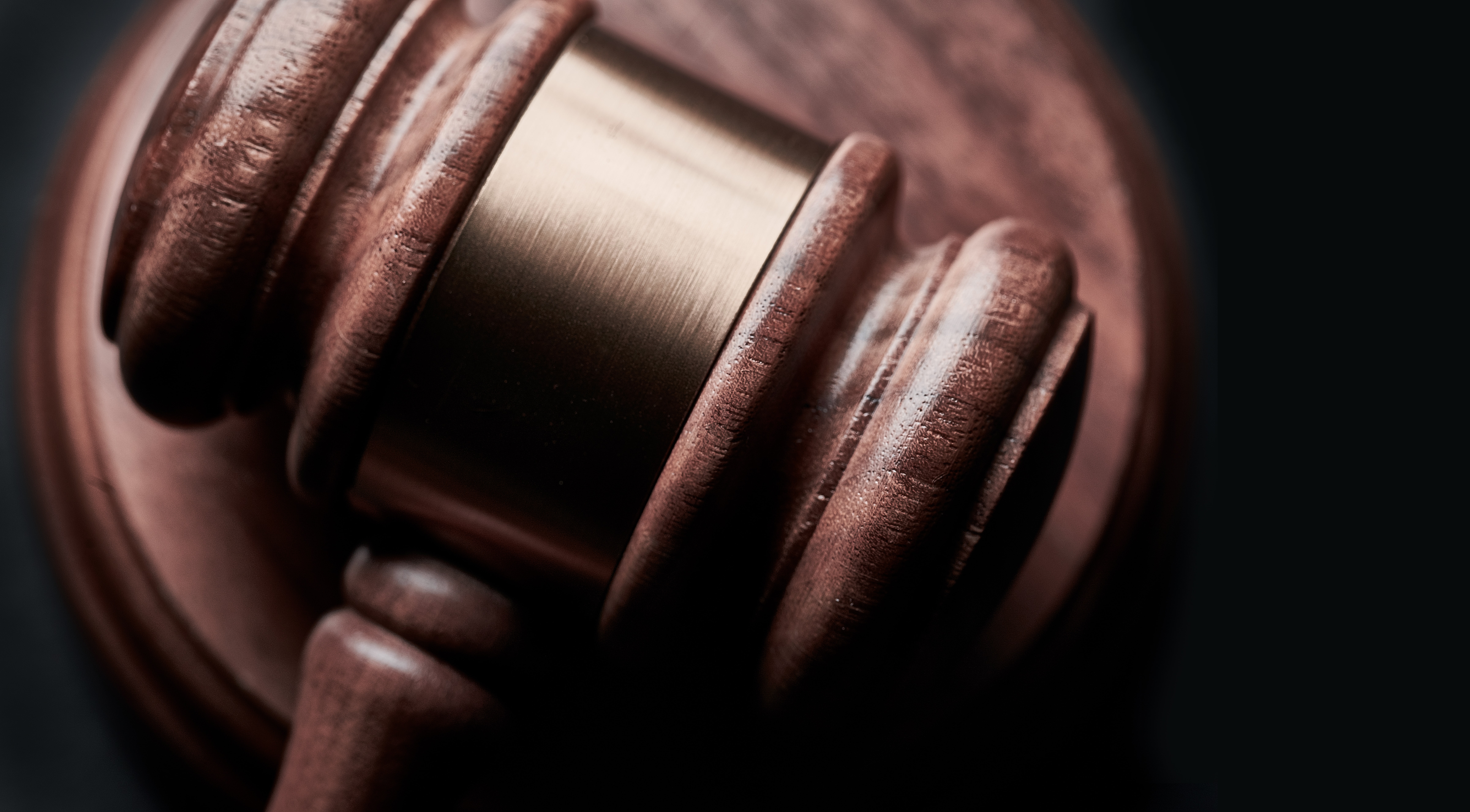[fusion_builder_container hundred_percent=”no” equal_height_columns=”no” menu_anchor=”” hide_on_mobile=”small-visibility,medium-visibility,large-visibility” class=”” id=”” background_color=”” background_image=”” background_position=”center center” background_repeat=”no-repeat” fade=”no” background_parallax=”none” parallax_speed=”0.3″ video_mp4=”” video_webm=”” video_ogv=”” video_url=”” video_aspect_ratio=”16:9″ video_loop=”yes” video_mute=”yes” overlay_color=”” video_preview_image=”” border_color=”” border_style=”solid” padding_top=”” padding_bottom=”” padding_left=”” padding_right=”” type=”flex”][fusion_builder_row][fusion_builder_column type=”1_1″ layout=”1_1″ background_position=”left top” background_color=”” border_color=”” border_style=”solid” border_position=”all” spacing=”yes” background_image=”” background_repeat=”no-repeat” padding_top=”” padding_right=”” padding_bottom=”” padding_left=”” margin_top=”0px” margin_bottom=”0px” class=”” id=”” animation_type=”” animation_speed=”0.3″ animation_direction=”left” hide_on_mobile=”small-visibility,medium-visibility,large-visibility” center_content=”no” last=”true” min_height=”” hover_type=”none” link=”” border_sizes_top=”” border_sizes_bottom=”” border_sizes_left=”” border_sizes_right=”” first=”true”][fusion_text]
With the COVID-19 epidemic, it is expected that contracting parties will be invoking force majeure clauses more frequently than at any time in recent memory. ”Force majeure” is the part of contract law devoted to “Act of God” events characterized by extreme rarity and severe impact. The force majeure clause is a contractual provision that relieves the contracting parties from performance when certain extreme circumstances beyond their control occur, making performance literally impossible, commercially impracticable, illegal or highly inadvisable. In California, Cal. Civ. Code Section 3526 expresses the principle succinctly: “no [wo]man is responsible for that which no [wo]man can control.” In the absence of a force majeure provision, the parties are left to common law or state statutory law regarding impracticability, frustration of purpose and other doctrines to determine who bears the risk of non-performance.
Force majeure clauses will play a vital role in sorting out the financial impact of the COVID-19 virus and related widespread shutdown of commercial activity. The COVID-19 pandemic has wreaked havoc on commercial relationships and supply chains, caused the cancellation of concerts, and the closure of movie theaters, restaurants and all manner of other businesses. In the modern world, written contracts often govern the complex inter-relationships between these businesses and allocate the risk of non-performance between the parties. Force majeure clauses, which are often part of the overlooked contractual provision found in the boilerplate provisions at the end of a contract, will prove essential in determining whether a party will be found liable for breaching a contract during the COVID-19 crisis.
We have already been contacted by clients seeking advice related to COVID-19, business interruption and force majeure clauses. We expect that force majeure related cases will flood the courts as they begin to reopen in the coming weeks. As discussed below, obtaining advice from experienced commercial counsel will be extremely important in assessing the impact of force majeure on your business and developing strategies to resolve force majeure issues. In addition, we advise that all businesses consider retaining counsel to evaluate the current risk majeure provisions in their agreements and recommend potential changes to ensure the clauses provide the maximum protection available under the law.
The most important preliminary issue will be the venue for any litigation because contract is a matter of state law. Litigating force majeure clauses in California raises unique issues and challenges, and California law takes a different approach to force majeure than other jurisdictions.
The Need for Experienced Counsel
Force majeure clauses are not frequently a primary focus of negotiation or drafting in many commercial agreements. Boilerplate force majeure language is often cut and pasted into the “standard” portion of a contract with little thought. Humans tend to underestimate and under-plan for relatively rare events like pandemics or terrorist attacks, and many business lawyers focus most of their efforts on drafting the material “business terms” of a contract and rely on more-or-less standard language for the remaining terms. As any litigator will tell you, however, the “standard” and often overlooked provisions are often the most essential and important provisions in litigation. Because they excuse performance and thus liability for breach, the application of a force majeure clause can prove outcome determinative in a lawsuit or dispute.
Commercial litigators have special expertise and experience interpreting and litigating contracts. Seeking counsel from a qualified professional is essential to assessing a force majeure related claim. Among other things, the litigator must: determine whether a contract has a force majeure provision; predict how a court would likely interpret that provision; design a litigation strategy and accurate estimate of expected fees and costs; and spot other issues that typically arise in commercial litigation and bear on force majeure, such as choice of law, venue, integration and proximate cause. After evaluating the force majeure provision, the litigator will then design an overall strategy aimed at resolving disputes in a way consistent with the client’s business goals and resources. Litigators can also be indispensable resources in designing and drafting force majeure provisions to better protect businesses, as well as examining and advising on the scope and application of existing force majeure provisions.
Any business evaluating the impact of a force majeure provision on a contract governed by California law will need advice tailored specifically to California law. California has unique interpretive principles applicable to force majeure, and generally takes a less restrictive approach to the clauses than other jurisdictions. In many other jurisdictions, the failure of a force majeure clause to expressly name the specific force majeure at issue can prevent recovery. In such jurisdictions, for example, if the contract does not include language stating that a pandemic is a force majeure event, the clause would not be triggered by a pandemic. See, e.g., Kel Kim Corp. v. Central Markets, Inc., 70 N.Y.2d 900, 903 (1987) (force majeure clause inapplicable where it did not “specifically include” party’s inability to procure and maintain liability insurance on a roller skating rink). (Of course, there may be creative ways to argue the application of the clause in these jurisdictions.) This does not mean that California courts will apply force majeure clauses as a matter of course. The California Supreme Court has recognized that, even where a force majeure clause applies, the mere fact that performance has become more expensive or involves greater hardship than anticipated at the time of contract does not excuse a contractual obligation. Rather, the party obligated to perform must show “extreme and unreasonable difficulty, expense, injury or loss involved.” San Mateo Community College Dist. v. Half Moon Bay Ltd. Partnership, 65 Cal.App.4th 401, 415 (1998). As well, California law requires that the party seeking to excuse performance via force majeure must show “sufficient” or “reasonable” efforts to avoid the consequences of the “Act of God” event. See, e.g., Butler v. Nepple, 54 Cal.2d 589, 598-599 (1960) (drilling company not excused by force majeure clause where it could not obtain tools from a supplier due to a strike because it could have sourced the tools from another supplier). For this reason, a business seeking to rely on a force majeure clause should work with counsel to create an appropriate record of the things it did to try to perform the contract.
California also has specialized statutes that codify equitable principles relevant to force majeure clauses, and a large body of decisional law interpreting those statutes. See, e.g., Board of Supervisors v. McMahon, 219 Cal.App.3d 286, 300 (1990) (interpreting Cal. Civ. Code § 3531 on impossibility); FPI Development, Inc. v. Nakashima, 231 Cal.App.3d 367 (1991) (examining the frustration of purpose defense). The doctrines of frustration of purpose and impossibility are closely related to force majeure and may also excuse performance. Any force majeure analysis will likely consider the applicability of these doctrines. Making matters even less certain, California does not yet have a substantial body of case law (or even a single published case) that interprets force majeure and related concepts in the context of a virus or global pandemic. This is another reason to retain experienced counsel.
Karish & Bjorgum Has Broad Experience Litigating Commercial Contracts
At Karish & Bjorgum, we have deep experience drafting, interpreting and litigating commercial agreements. The breadth of our experience brings familiarity with the common types of issues and arguments in commercial litigation. We combine that deep experience with creative approaches to commercial litigation, and a competitive pricing structure that allows us to represent a wide variety of business types and sizes. You will be hard-pressed to find more qualified and talented lawyers at a lower price anywhere, and certainly in California. Please contact us immediately if you would like to consult over potential force majeure or other contractual issues.
[/fusion_text][/fusion_builder_column][/fusion_builder_row][/fusion_builder_container]


